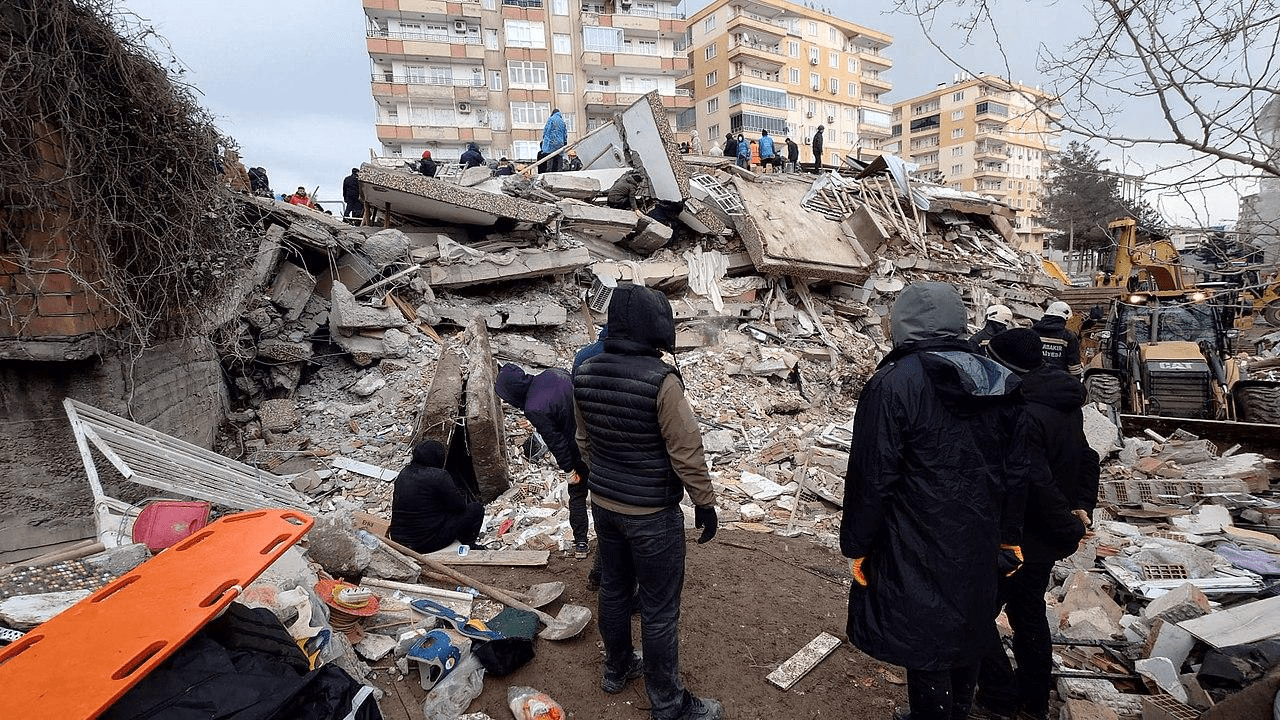
How Morocco’s Mountain Communities, Including Amizmiz and Tinmel, Are Struggling to Rebuild Homes and Preserve Their Heritage One Year After the Devastating Earthquake
Fiona Nanna, ForeMedia News
5 minutes read. Updated 3:33PM GMT Mon, 9 September, 2024
One year after the devastating 6.8 magnitude earthquake shook Morocco, the mountain communities of the High Atlas region are still striving to rebuild their lives and homes. The earthquake, which struck on September 8, 2023, was the strongest to hit the country in over a century, killing nearly 3,000 people and displacing approximately 500,000.
In Amizmiz, one of the most severely impacted towns in the Al Haouz region, the scars of the disaster are still visible. Most of the buildings remain as damaged as they were immediately after the quake. While some progress has been made, the slow pace of reconstruction reflects the significant challenges these communities continue to face.
Slow Reconstruction in Amizmiz
Many villages around Morocco’s High Atlas Mountains, such as Amizmiz, were reduced to rubble. Despite this, a glimmer of hope shines through as some homes have been rebuilt or are currently under construction. The process has been slow, with residents having to navigate a complex bureaucracy to secure the necessary funds for rebuilding.
The Moroccan government offered financial support in the form of 8,000 to 16,000 euros ($8,900 – $17,800) to each household, delivered in installments. These funds are crucial for residents like Abderrahim Alachoun, a local plumber whose home was destroyed by the quake.
“I got the first and second installments of support, which is $4,000, to rebuild. We are now waiting for the third installment to complete the construction work. We feel that things are going well despite the delay in these procedures,” he said.
However, the road to full recovery is long, and many residents are still waiting for additional funds or government approval to finish rebuilding.
Imi N’Tala: A Village on the Brink
The situation is even more dire in the small mountain village of Imi N’Tala, which was almost entirely destroyed by the earthquake. Authorities have deemed the area unsafe due to the risk of falling rocks, and they have decided not to rebuild homes there. Temporary tin housing has been offered as a solution, but many locals reject this, preferring to remain in makeshift tents on their ancestral lands.
For the people of Imi N’Tala, their land is more than just a place to live—it’s their identity. Mohammed Soumer, a resident whose home was reduced to rubble, emphasizes the deep connection to their agricultural land. “The residents want to stay in this place because they have agricultural land where they grow vegetables. If they leave, they will not survive elsewhere,” he said.
Tinmel: Balancing Heritage and Safety
In the nearby village of Tinmel, famous for the historic Tinmel Mosque, the earthquake destroyed much of the ancient structure, which was under renovation at the time. A year later, the restoration of the mosque resumed, with efforts focused on preserving this essential part of the region’s cultural and religious heritage.
Residents in Tinmel are also rebuilding their homes but are opting for modern construction methods to ensure the structures are more resistant to future earthquakes. Mohammed Ait Saleh, a local, shared his experience, “We are working on rebuilding the house well and strongly, using modern building materials. I have received monthly support of $250, but the building permit is still pending.”
Government Efforts and Long Road to Recovery
The Moroccan government has issued 55,142 reconstruction permits and provided 2,500 dirhams in monthly support to 63,862 families. Despite these efforts, many residents remain in temporary shelters or are relying on alternative funds to rebuild while waiting for government approval.
As of now, nearly 1,000 families have completed the reconstruction or repair of their homes. However, for many, normal life seems like a distant dream. Local tailor Lehcen Moujjane reflects, “In the future, if the people return to this village, repair their homes, and rebuild others, then we can feel hopeful.”
Although earthquakes are rare in North Africa, the 2023 Morocco earthquake stands as a stark reminder of the vulnerability of these communities. The quake damaged or destroyed nearly 60,000 homes, leaving deep scars that are still far from healed.

